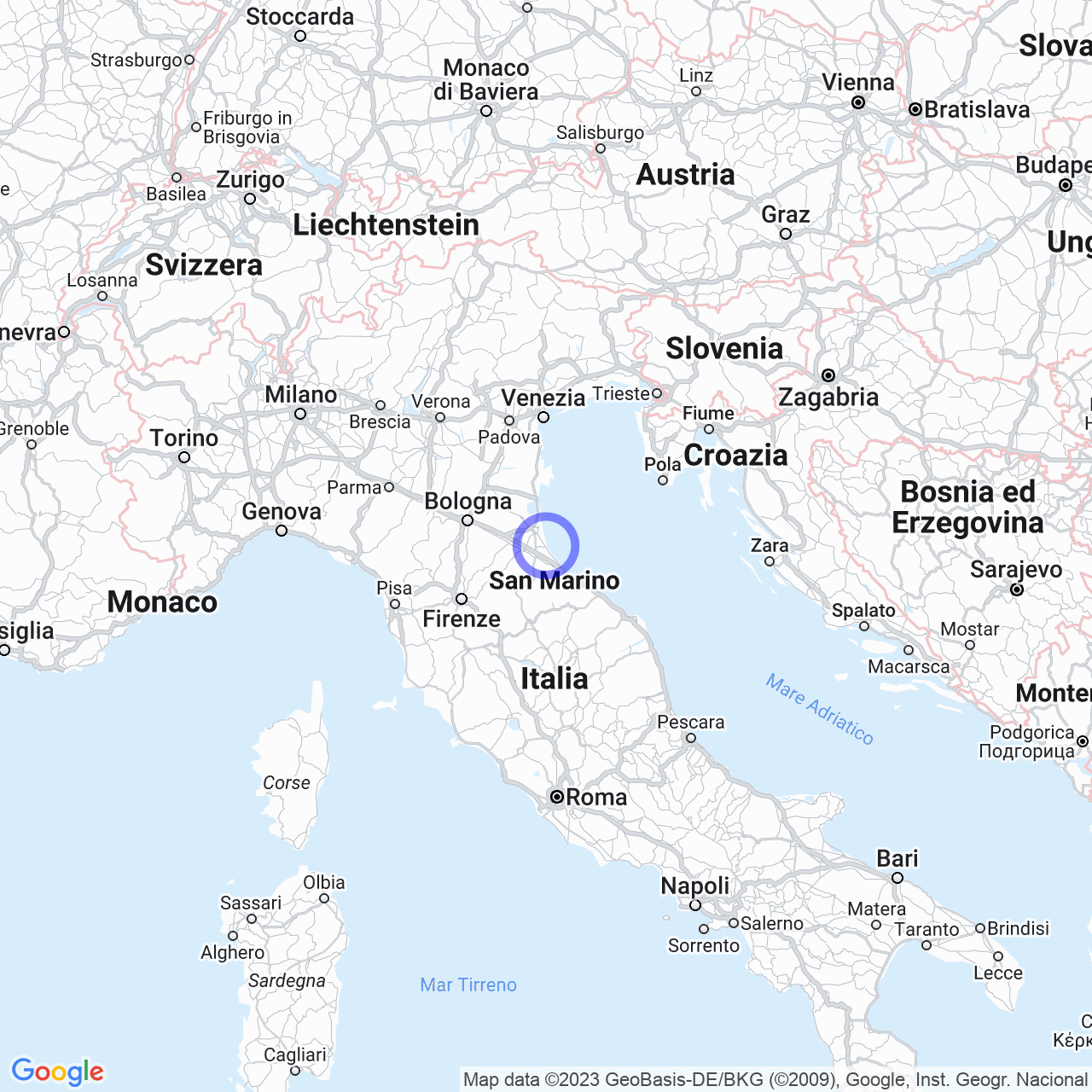Pisignano
Pisignano: a fraction of Cervia rich in history and culture
Pisignano is a fraction of Cervia, in the Ravenna province, that extends in the western part of the municipality and borders with Castiglione, Villa Inferno, and the municipality of Cesena. Its history dates back to the Roman period when the area was used for agriculture and rice cultivation. In this article, we will explore the history and culture of Pisignano, describing the monuments and places of interest, as well as the infrastructure and transport of the area.
History
Pisignano was located in a centuriation area that extended between Cesena and Cervia, on the current via Confine that probably marks an ancient route of the Via Popilia-Annia. The toponym Pisignano, instead, probably derives from a very common gentile name in the Italic peninsula: Pis(s)inius or Pisenius.
The exact date of the birth of the village is unknown, but the presence of the Pieve of Santo Stefano is documented since the 10th century, which stands in a place that was a Roman settlement dedicated to the deity Mithras. The pieve constituted the main hub of religious and social life for a vast territory.
Used as an area suitable for agriculture, unlike the area around the Cervia Salt Reserve, Pisignano was linked to the forest nobility and monasteries of Ravenna. Only after the confiscation of ecclesiastical assets between 1797 and 1799 and the formation of a local landowners' class did the agricultural lands begin to grow.
With the advent of the cultivation of Oryza sativa, Pisignano became one of the major rice production centers, counting 1,300 hectares of rice fields. Despite economic relevance, the city authorities saw the presence of rice fields as a possible source of coexistence problems with salt pans and, subsequently, as a social problem linked to the exploitation of laborers in rice fields.
The laborers brought their protests to the attention of the city government several times, but it is now established that rice fields were a driver of modernization for the municipality and a way out of economic isolation due to salt production.

Monuments and places of interest
Pieve of Santo Stefano
The church of Santo Stefano is the oldest sacred building in the current Cervese territory. Dating back to the 10th century, it was rebuilt in 1521 on the ruins of the pre-existing pieve, severely damaged by hordes of soldiers after the Battle of Ravenna. In 1527, the church was dedicated to Santo Stefano.
Infrastructure and transport
Cervia-Pisignano Airport
Cervia-Pisignano Airport is a military airport home to the 15th Wing of the Italian Air Force since October 5, 2010. Despite its military destination, the airport is also open to civilian flights.
Pisignano is easily accessible thanks to the State Road 16 Adriatica and the A14 motorway. Moreover, the area is served by the Adriatic Railway, with Cervia station, and urban and extra-urban bus services. In addition, numerous car rental companies offer their services in the area.
Conclusions
Pisignano is a fraction of Cervia rich in history and culture, whose economic development has been linked to agriculture and rice production. The fraction is easily accessible thanks to road and rail infrastructure, as well as Cervia-Pisignano Airport. Its Pieve of Santo Stefano represents an important place of worship for the region and is one of the main attractions of the area.
